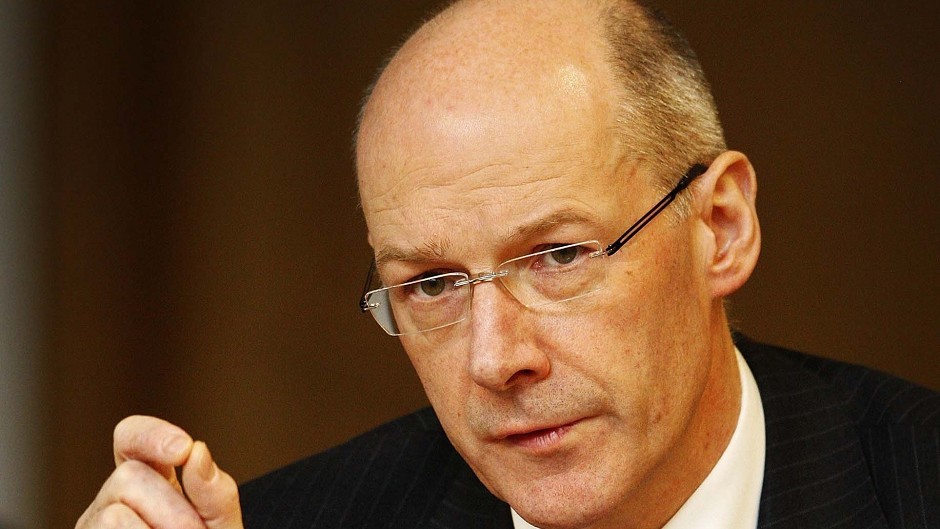A fresh row has broken out over Scottish Government plans to set up an oil fund in the event of independence.
Labour and the Conservatives seized on remarks made by Finance Secretary John Swinney, who said the country would borrow millions of pounds in the first three years after leaving the UK.
The SNP minister said he wanted to turn away from the UK Government’s austerity drive, which limits public spending increases to 1% a year.
Mr Swinney revealed that he favoured borrowing to increase public spending by 3% per annum between 2016-19.
It is likely the proposed spending increase would need extra borrowing of £2.4billion in 2018-19 alone.
Labour finance spokesman Iain Gray claimed the admission “blows out of the water” any plans to invest in an oil fund.
“It looks like honest John has struck again by admitting that we would need to borrow more if we leave the UK,” he added.
“The government must have made an assessment of tax, spending, borrowing and start-up costs in a separate Scotland – people deserve to see this.
“The Nationalists need to be honest about the impact of this admission on their plans for an oil fund.
“If we would need to borrow more to pay for everyday public services, there is no sense in borrowing to save.”
Mr Gray said the strategy would be like “using a credit card to invest in a savings account”.
Tory enterprise spokesman Murdo Fraser claimed a separate Scotland would have to increase taxes, slash public spending or initiate a huge rise in borrowing.
“The country is now beginning to enjoy the benefits of the tough decisions the UK Government took in order to balance the books,” he added.
“It is wholly immoral to burden future generations with more of our debt, yet this is what the SNP plan to do in order to finance an independent Scotland.”
